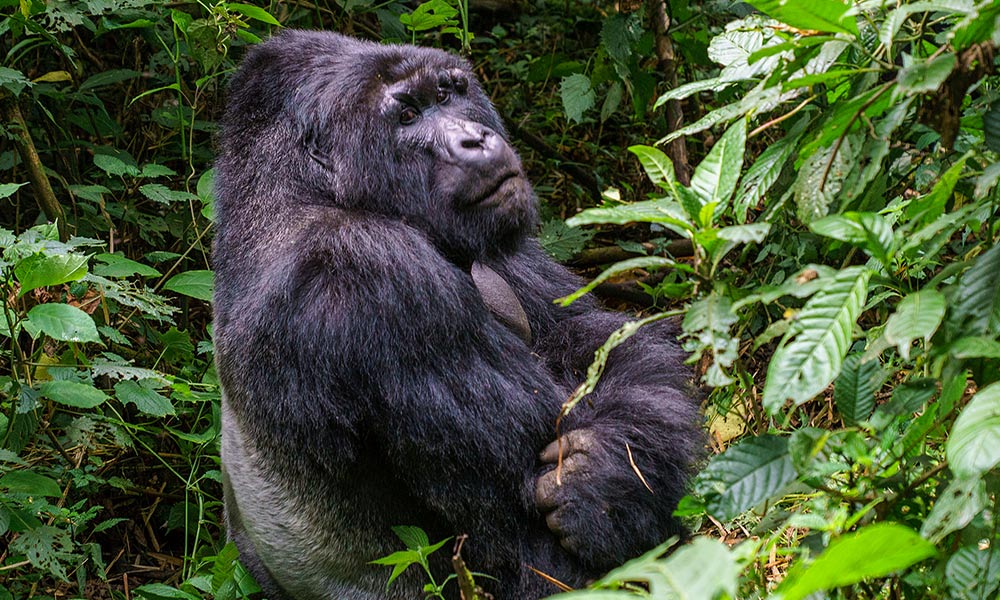Insects are the most numerous of all species on earth, and they are also one of the most important groups of animals on the planet, being responsible for pollinating two thirds of all flowering plants. Despite this, they often get a bad press due to their appearance and their annoying habits.
Mosquitoes
Insects can, however, also be deadly, primarily as vectors of disease. For this reason we must consider the Anopheles mosquito to be the most dangerous insect in the bush, responsible for (indirectly) causing more human deaths than any other animal. For more information about malaria, please see our Medical Advice section.
Blister Beetles
The Blister Beetle is another insect to look out for. They don’t actively attack humans in the way that mosquitoes and other flies do, but they do secrete a chemical called cantharidin that causes blistering of the skin. So if you see one of these beetles, don’t handle it!
Aside from the mosquito and the usual nasties such as hornets and wasps, there are not too many other insects you need to be concerned about, and most are very interesting and harmless creatures. Learning something about the insects you encounter in the bush can make your safari all the more exciting.
Arachnids
The arachnids, like the insects, often get a bad press due to some peoples’ irrational fear of these creatures. For the most part they are harmless, particularly the spiders, although scorpions and ticks should be given a wide berth.
Spiders
There are three spiders of note in the bush that present a potential danger to humans. They are the button spider, also known as the black widow, the violin spider, and the six-eyed crab spider.
None of these spiders are fatal to humans, unless the person is of very bad health. The bites are usually painful, with swelling of the skin, and the bite victim may experience nausea, breathing difficulties and mild fever.
Unless the bite victim is a young child or elderly person, medical help is probably not needed, other than antisecptic for the bite, rest and water.
Scorpions
There are a number of scorpion species in Southern Africa. All of them have very painful stings, and a few of them can be fatal.
The easiest way to tell if a scorpion is highly venomous or not is to look at its ‘pincers’. If the scorpion has chunky pincers, like a lobster, it is not a highly venomous species. If it has feeble, thin pincers, it is very dangerous.
It is commonly said that you should look at a scorpion’s tail to tell whether it’s highly venemous, as the most dangerous scorpions are the ‘thick tailed’ scorpions of the Parabuthus genus, with a potent neurotoxic venom. However, because they are very small scorpions, measuring up to 6 inches in total, it is sometimes quite difficult to tell whether the tail is ‘thick’ or not, but by looking at the pincers it is quite clear whether they are chunky or thin.
Always be careful when moving pieces of wood, stones or logs, as scorpions like to hide in these places and they are typically woody colours, such as yellows, browns and black. If you get stung by one of the dangerous scorpions, seek medical attention immediately, and stay calm. Apply crushed ice to the wound if you have any. Do not apply a bandage or tourniquet, and do not try to suck out the venom. You may take paracetamol to reduce the pain, but do not apply any local medication to the wound.
Ticks
Like scorpions and spiders, ticks are part of the arachnid family. You are most likely to get a tick bite when moving through long grass. Ticks are very small, but if they bite you, the area of the bite comes up red and itchy, like a small mosquito bite. If you look closely, you may see a tiny black spot in the middle of the bite. This is the tick. The bigger ticks can be seen quite easily, but the pepper ticks are tiny black dots that often go unnoticed.
The best way to prevent tick bites is to treat your clothes with permethrin, using a liquid treatment or a spray such as Bayticol. Some people spray this on their skin, but this is not advised by the manufacturer!
The most effective way to remove ticks, both known ticks and ones you can’t see, is to have a hot bath, using lots of bath oil. Rub the oily water over your skin and have a long soak. The ticks will float to the surface of the bath. If you are bitten by a larger tick, you can pick this off your skin using your fingers or tweezers. But care should be taken, as the tick can leave its head behind in the wound, leading to infection. Always clean the bite with antiseptic cream or wipes after the tick has been removed.








